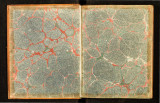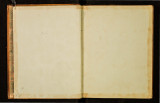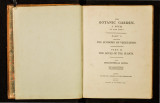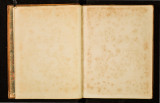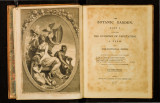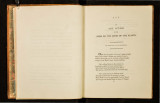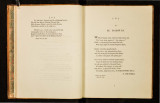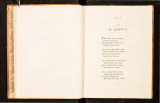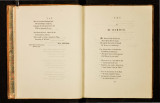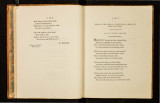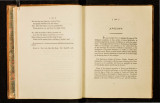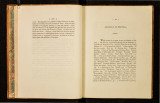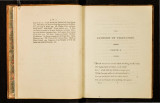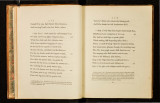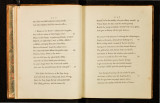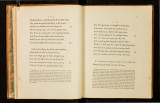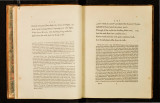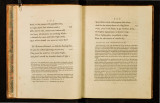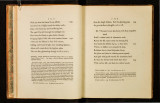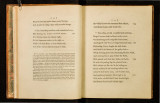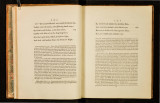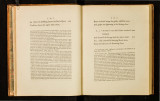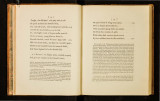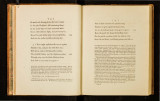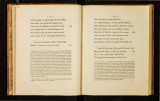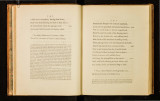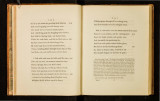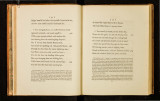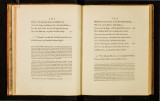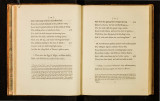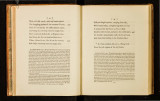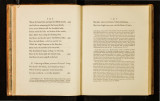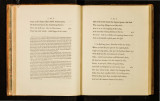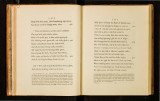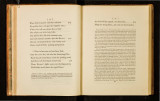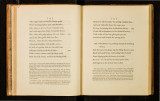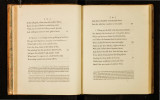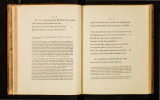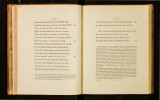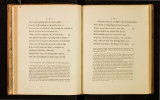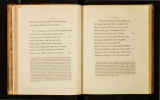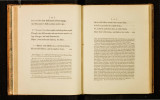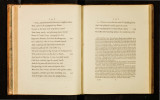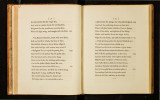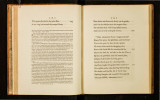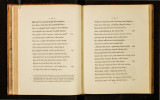| OCR Text |
Show [ 205 J In ambu{h ily the mimic warrior lies,_ And on quick wing the panting plunderer flies. 2. '' Shield the young Harvefl: fron1 devouring blight, The· Smut's dark poifon, and the Mildew white ; Deep-rooted Mould, and Ergot's horn uncouth, And break the Canker's defolating_ tooth .. 530 Shield the young harvejl. I. 529. Linneus enumerates but four difeafes of plants ; . Eryfyche, the white mucor or mould, with feffile tawny heads, with which the leaves are fprinkled, as is frequent on the hop, humulus, maple, acer, &c. Rubigo, the ferrugineous powder fprinkled under the leaves, frequent in lady's mantle, alchemilla, &c. Clavus, when the feeds grow out into l'arger horns black without, as in rye. This is called Ergot by the french writers. U!lulago, when the fruit infl:ead of feed produces a black powder, a~ in barley, oats, &c. To which perhaps the honey-dew ought to have been added, and the canker, in the former of w(\ich the nouri(hing fluid of the plant fecms to be exfuded by a retrograde motion of the cutaneous lymphatics, as in the f weating ficknefs of the lafl: century. The latter is a phagedenic ulcer of the bark, very defirut\:ive to young apple-trees, and which in cherry-trees is attended with a depofition of gum arabic, which often termin: ltes in the death of the tree .. Ergot's horn. 1. 51!. There is a difeafe frequently affe.:ls the rye in France, and fometimes in England in moifl: feafons, which is call ed Ergot, or horn -feed; the grain becomes confiderably elongated and i<S either fl:ra ight·or crooked, containing black meal along with the white, and appears to be pierced by infects, ' ' hich were probably the caufe of the difeafe. Mr. Duhamel afcr;bes it to this ca <Jfc, and compares it to galls on oak-leaves. By the ufe of this bad grain amongfl: the oor difeafcs have b!:!en pro(~ uced attended with great debility and mortification of the c. tremi tics both in France amL England. Diet Raifon. art. Siegle •. Philofoph. Tranfact. |



